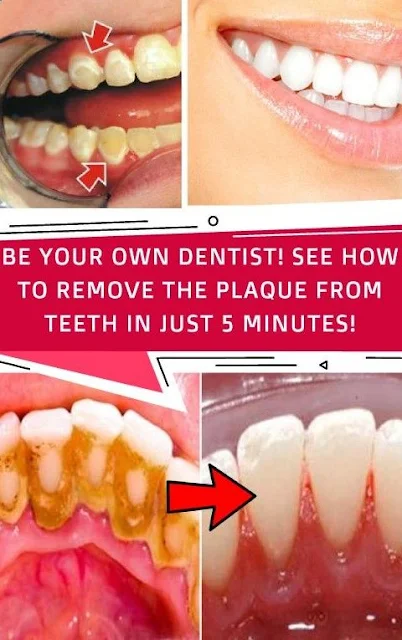Professional teeth cleaning by a certified dental hygienist aims to
remove plaque, tarter and stains that have accumulated on the teeth.
Even with routine brushing and flossing of your teeth and gums, tarter
can develop. The professional cleaning of teeth is a crucial part of
good oral hygiene and is needed periodically to maintain the health of
your teeth and gums. Most dentists recommend having your teeth
professionally cleaned every 6-12 months to reduce the likelihood of
periodontal disease progressing. In between routine cleanings, good oral
hygiene at home is vital to prevent tarter build-up and gum disease.
Dental cleanings are designed to remove plaque and tarter deposits that have built up on teeth over time. Plaque is the sticky, soft film that contains millions of bacteria. This bacteria found in plaque is what causes gum disease and tooth decay if not removed by daily brushing and flossing, as well as routine trips to the dentist. Tarter, or dental calculus, is a hard calcified deposit that forms on the teeth and can contribute to their decay. Dentists use specialized instruments to gently remove these deposits without causing harm to the teeth. All dental instruments are put through a stringent cleaning, disinfecting, and sterilizing procedure to ensure safety and quality control. A dental mirror will also be used to help the dentist inspect hard-to-see areas in the mouth. Dental mirrors feature elongated handles generally connected to round mirrors. A dental mirror can help the dentist observe the teeth and gums for signs of irritation, swelling, decay, tarter, or bleeding. The first tool that is generally used to clean teeth is an ultrasonic instrument. This device uses mild vibrations to loosen larger pieces of tarter. It also sprays subsequent mists of cool water to wash away loose debris. The tips of the ultrasonic instrument are rounded and curved, and kept in constant motion. The settings on the device can be adjusted for the patient’s comfort.
Once larger pieces of tarter are dislodged, the dentist will make the switch to finer hand-held instruments. Often referred to as curettes or scalers, these tools are designed to eliminate smaller deposits on the teeth and smooth the tooth surfaces. Each tooth must be scaled individually to ensure that all tarter is removed. Once the surfaces of the teeth are smooth, the dentist will polish the teeth. Using a slow-speed handpiece containing a soft rubber cup, the polishing device spins at the tip to smooth teeth. Prophylaxis paste, a gritty toothpaste-like solution, is put into the rubber cup. The cup containing the solution spins on the teeth to create a shiny, smooth surface. In some instances, your dentist may also apply fluoride as the final step in cleaning. Available in a variety of flavors, such as strawberry, chocolate, mint, and cherry, fluoride is placed in flexible foam trays and placed over the teeth. After 30 seconds of the fluoride treatment, the patient is asked to spit the remaining solution into a saliva ejector. Fluoride is used to strengthen teeth and protect them against dental plaque and tarter.
The majority of dental patients find routine teeth cleaning to be painless. The cooling mist of water, mild vibrations, and the pressure felt during “scraping” does not generally caused discomfort. It’s important to let your dentist know if the cleaning is beginning to cause pain, so that they can recommend alterative options to make your teeth cleaning more enjoyable. Most dental cleanings last between 30 minutes to an hour on average, and are performed in a lying position in a comfortable dental chair. After a professional teeth cleaning, you may notice that your teeth feel fresher and look brighter. Teeth cleaning procedures are designed for more than just appearances. Professional teeth cleaning treatments are the primary means of preventing and treating periodontal disease and maintaining tooth health.
